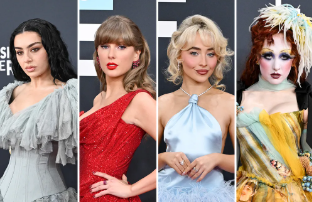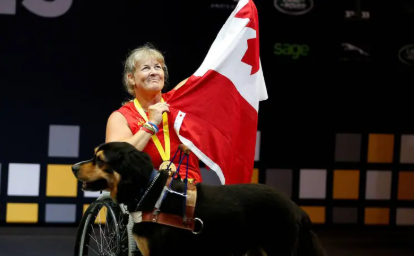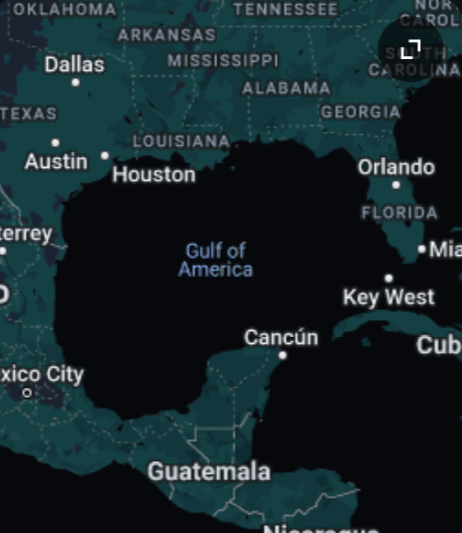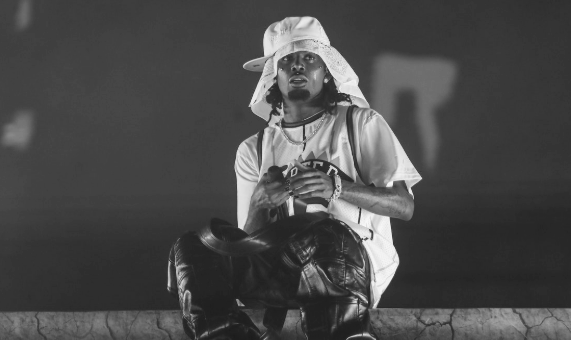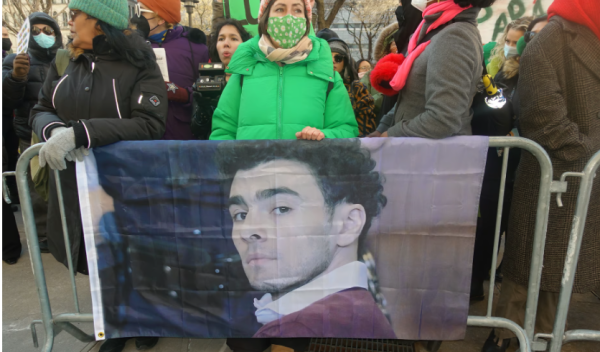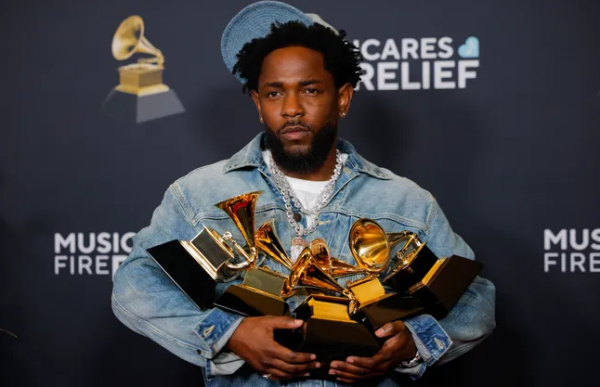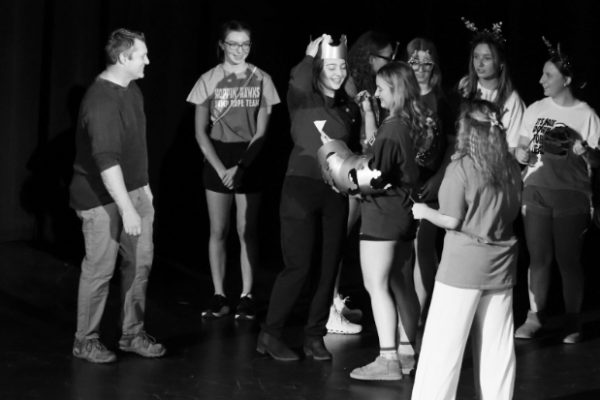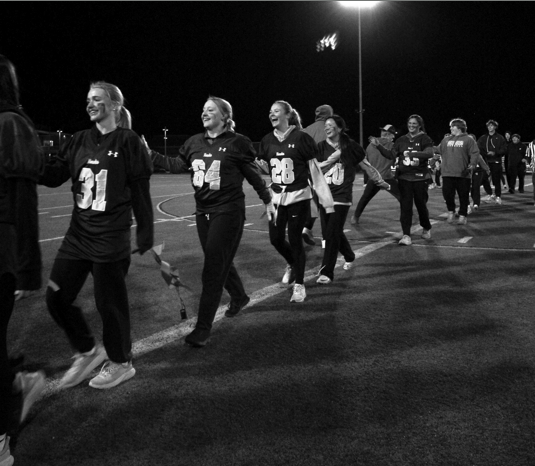Need for diversifying media increases
The Oscars are awards for the best and the brightest of actors and actresses, directors and screenwriters. They are the trademark of Hollywood’s social elite; only given to the most talented.
That is, if you’re a straight white man, of course. In the history of the Academy Awards, 99% of the Best Actress winners were white, 93% of the Best Actor winners were white, 99% of the Best Director winners were male, and only 10 LGBT winners overall.
This is only a symptom of an underlying disease in society. Today’s television, film, and books, are all severely lacking in diversity of all kinds. Some of the types of people that are not adequately represented include, but are not limited to, people of color, women, and LGBT+ people.
For example, in a study done by USC Annenberg, across the 700 top‐grossing films from 2007 to 2014 only 30.2% of the 30,835 speaking characters evaluated were female, a total of 21 of the 100 top films of 2014 featured a female lead or roughly equal co lead, with none of them being gay or bisexual and only 3 of an ethnic racial background.
Why does this matter? If we’re all the same inside, then shouldn’t we disregard silly things like race, gender, and sexuality?
No. No, because according to research done by the University of Pennsylvania, when watching TV, white boys’ self-esteem went up, while white girls, African-American boys, and African-American girls’ went down. Professor Nicole Martins sums it up; “(White males) tend to be in positions of power; you have prestigious occupations, high education, glamorous houses, and a beautiful wife, with very little portrayals of how hard you worked to get there.”
Not seeing people like them reflected in the TV and movies they watch may lead children to think that they can’t be the heroes of their own stories, that they can’t be complex and intelligent, and that they shouldn’t aspire to great things.
This lack of diversity isn’t limited to the screen. In children’s books published in 2012, 93% were about Caucasian children, 3% were about African Americans, 2% were about Asian/Pacific Americans, 1.5 % were about Latinos, and an amazing less than 1% were about Native Americans.
But minorities are called minorities for a reason, right? So it makes sense for them to not make up a good proportion of people seen on TV and in movies and books!
That’s true, except for the fact that according to UCLA Newsroom, the proportion of female and minority actors, writers, directors, and producers range from one half to one twelfth of their actual percentage in the population. Except for the fact that “minorities” make up over half of children in the US. Except for the fact that there are 5 million more women than men in the United States.
For there to be a positive change in the amount of diversity in the media, we need to be proactive and take action. We need to start creating things that are diverse and be conscientious that we are not perpetuating stereotypes in the characters we create.
We also need to make sure the things we do consume are diverse. By supporting books, shows, and films that are representative of everybody, we send a message to the creators that this is what the public wants, that this is what sells.







